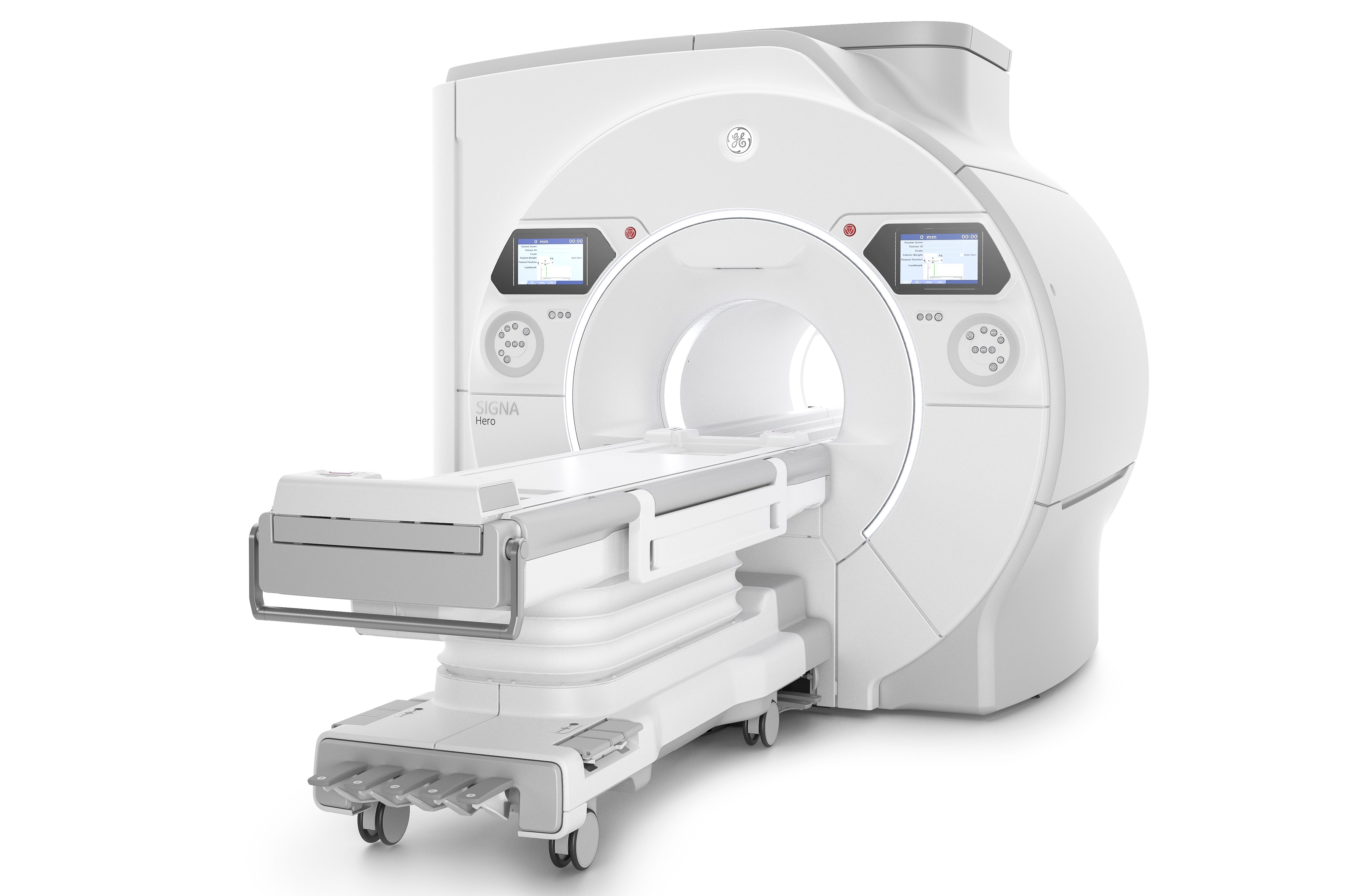New Version of Revolution Apex CT Platform Offers Increased Scalability and Efficiency
GE Healthcare unveils on-site detection upgrades and other advances with CT system as well as a new MRI device.
With the continued rise of patient volume and increasingly complex cases, an emerging computed tomography (CT) platform may provide a viable solution in radiology departments with built-in scalability for detector upgrades, increased efficiency and other technological advancements.
At the recent Radiological Society of North America (RSNA) 2021 Annual Meeting, GE Healthcare unveiled a new modular version of the Revolution Apex CT platform that enables clinicians to do on-site upgrades of the device’s GemstoneTM Clarity Detector for coverage of 40 mm, 80 mm or 160 mm. The system also offers 0.28 second rotation speed with the ability to increase to an 0.23 second rotation speed via an upgrade to Revolution Apex Elite, according to GE Healthcare.
In addition to technology that provides high-definition, low-noise imaging, the Revolution Apex reportedly enhances speed and precision by automating time-consuming tasks prior to, during and after CT scans.
GE Healthcare says the device offers an auto-positioning system, enabled by a 3D camera and an artificial intelligence (AI) algorithm, that helps ensure optimal patient positioning. Other features of the Revolution Apex include a virtual scan assistant to tailor parameters to patient size and indications, as well as the post-scan ability to simultaneously process multiple reconstruction tasks so clinicians can view the images before the patient leaves the room. GE Healthcare says this is particularly advantageous in cases involving polytrauma workup and asserts that one may rule out acute stroke in less than five minutes.
According to GE Healthcare, other benefits of the Revolution Apex CT platform include:
- High-resolution imaging in patients with heavily calcified coronaries, plaque and stents
- CT planning for transcatheter aortic valve implantation (TAVI) or transcatheter aortic valve replacement (TAVR) procedures via a single scan and single injection with low-contrast volume
- Reduced need for table movement or sedation with lowest dose possible
New MRI System May Provide Enhanced Imaging and Reduced Scan Times
GE Healthcare's SIGNA Hero MRI. Image courtesy GE Healthcare.

In addition to advancements in the Revolution Apex CT system, GE Healthcare also introduced SIGNA Hero, a new 3.0T magnetic resonance imaging (MRI) system, citing advances in imaging quality, efficiency and patient comfort.
Leveraging AI to bolster image clarity and increase efficiency, the SIGNA Hero device offers AIR Recon DL, a deep learning image reconstruction technology that enables anatomical adaptability and facilitates a 30 to 50 percent reduction in exam times, according to GE Healthcare.
New extensions of this technology, presented at the RSNA conference, include 3D sequences and PROPELLER for motion robustness that reportedly provide “sharper images with better signals in half the time for nearly 90 percent of the daily clinical scans done, regardless of the anatomy being imaged,” according to GE Healthcare.
In combination with the company’s patented AIR Coils, the SIGNA Hero device allow clinicians freedom in positioning the lightweight and flexible coils to help ensure optimal imaging of patients. GE Healthcare says the SIGNA Hero platform enables simultaneous scans of multiple organs with fewer patient adjustments during whole body imaging. The company adds that the device’s One Stop Prostate imaging with AIR Coils and AIR Recon DL make prostate imaging much more comfortable and efficient for patients, allowing for completion of scans in less than 15 minutes.
GE Healthcare notes that the SIGNA Hero device as well as the AIR Recon DL 3D and PROPELLER technologies are currently pending 501(k) approval from the Food and Drug Administration.
For more coverage of RSNA 2021, click here.
What is the Best Use of AI in CT Lung Cancer Screening?
April 18th 2025In comparison to radiologist assessment, the use of AI to pre-screen patients with low-dose CT lung cancer screening provided a 12 percent reduction in mean interpretation time with a slight increase in specificity and a slight decrease in the recall rate, according to new research.
Can CT-Based AI Radiomics Enhance Prediction of Recurrence-Free Survival for Non-Metastatic ccRCC?
April 14th 2025In comparison to a model based on clinicopathological risk factors, a CT radiomics-based machine learning model offered greater than a 10 percent higher AUC for predicting five-year recurrence-free survival in patients with non-metastatic clear cell renal cell carcinoma (ccRCC).
Could Lymph Node Distribution Patterns on CT Improve Staging for Colon Cancer?
April 11th 2025For patients with microsatellite instability-high colon cancer, distribution-based clinical lymph node staging (dCN) with computed tomography (CT) offered nearly double the accuracy rate of clinical lymph node staging in a recent study.